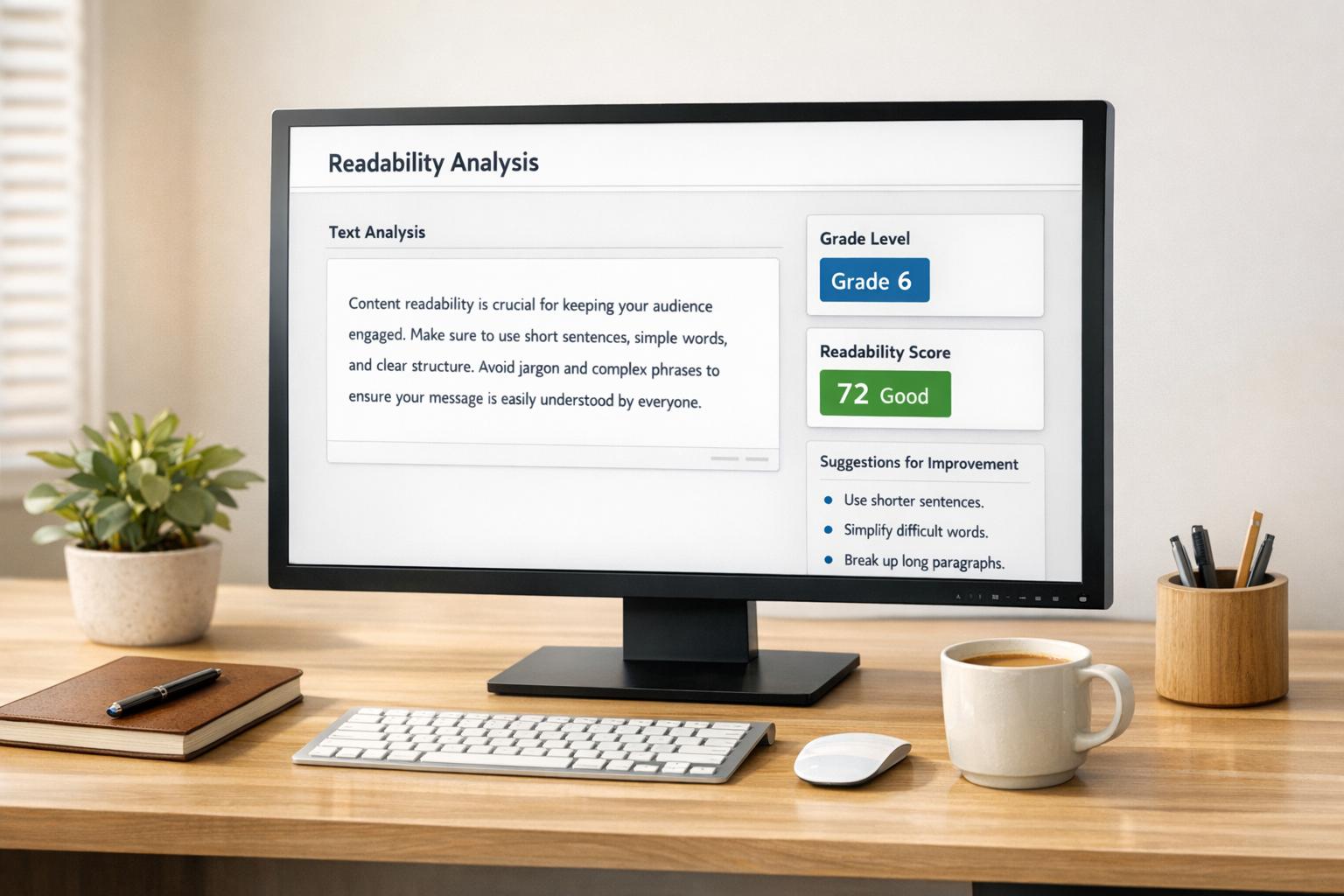

Conversion Optimization Strategies: From Clicks to Customers

Conversion Optimization Strategies: From Clicks to Customers
 14-02-2025 (Last modified: 21-05-2025)
14-02-2025 (Last modified: 21-05-2025)
Bringing traffic to your website is only half the battle; getting visitors to take action is what really matters. If your conversion rates aren’t where they should be, you could be missing out on potential leads and revenue. The good news? With the right tweaks, you can significantly boost conversions without increasing your marketing spend.
This guide walks you through practical conversion optimization strategies that can make a real difference. From fine-tuning landing pages to leveraging A/B testing and behavioral insights, these tips will help you turn more visitors into paying customers.
Why Focus on Conversion Optimization?
Imagine pouring money into advertising, only to have visitors leave your website without taking action. Frustrating, right? That’s why conversion optimization strategies are key to making the most of your marketing budget.
- Lower Customer Acquisition Costs – Get more out of your existing traffic.
- Better ROI on Marketing Efforts – Small tweaks can lead to big gains.
- Improved User Experience (UX) – Happy visitors are more likely to convert.
- Higher Revenue and Sales – A well-optimized website drives consistent growth.
For more tips on making your website work smarter, check out our guide on SEO and Conversion Optimization.

10 Practical Conversion Optimization Strategies
1. Make Your Landing Pages Clear and Relevant
Your landing page is your first impression—make it count.
- Use concise, benefit-driven headlines that speak to your audience.
- Keep the message aligned with the ad or link that brought them there.
- Remove distractions and focus on a single goal per page.
2. Improve Your Call-to-Action (CTA)
A compelling CTA can make all the difference.
- Use action-driven text (e.g., “Get Started” instead of “Submit”).
- Make buttons pop with contrasting colors.
- Position CTAs strategically where they naturally draw attention.
3. Test and Optimize with A/B Testing
Sometimes, small changes lead to major improvements.
- Experiment with different headlines, CTAs, and layouts.
- Track performance metrics like click-through rates and sign-ups.
- Use platforms like PageTest.ai to automate and analyze A/B testing.
Need a refresher on A/B testing? Check out our A/B Testing Guide.
4. Speed Up Your Website
Slow pages kill conversions—period.
- Compress images and minimize bloated code.
- Use a Content Delivery Network (CDN) for faster global loading times.
- Test your site speed with Google PageSpeed Insights and make improvements.
5. Simplify Forms to Prevent Drop-Offs
Long forms are a turn-off. Keep it simple.
- Only ask for the essential information.
- Enable auto-fill and smart field detection.
- Break multi-step forms into bite-sized sections for a smoother experience.

6. Use Social Proof to Build Trust
People trust what others say about you more than what you say about yourself.
- Showcase customer reviews and testimonials prominently.
- Use real-time purchase notifications (e.g., “Sarah just signed up!”).
- Display trust badges, security seals, and money-back guarantees.
7. Optimize for Mobile Users
Most users browse on their phones—make sure your site works for them.
- Ensure responsive design and quick mobile loading speeds.
- Make buttons and CTAs thumb-friendly.
- Minimize intrusive pop-ups that disrupt the mobile experience.
8. Personalize User Experiences
Tailored experiences lead to better engagement and conversions.
- Use dynamic content to personalize recommendations.
- Segment email marketing based on user behavior.
- Show targeted offers based on location, past interactions, or preferences.
9. Reduce Cart Abandonment in E-Commerce
Cart abandonment is a common issue—but fixable.
- Offer guest checkout for a frictionless experience.
- Show clear pricing, including shipping costs, upfront.
- Send cart abandonment emails with a reminder or discount.
10. Track, Analyze, and Keep Optimizing
The best conversion strategies are always evolving.
- Use Google Analytics to monitor conversion paths.
- Study heatmaps and session recordings to understand user behavior.
- Continuously refine based on data-driven insights.
Case Study: A SaaS Company’s 45% Conversion Boost
A SaaS company struggling with a 2.5% conversion rate made a few key changes:
- Shortened their sign-up form from 6 fields to 3.
- Moved the CTA button above the fold to increase visibility.
- Added customer testimonials to build trust.
Results:
- 45% increase in sign-ups
- 20% drop in bounce rate
- More engagement and longer session durations
This proves that small, intentional changes can lead to big wins when applying conversion optimization strategies.
Final Thoughts: Keep Testing and Improving
Conversion optimization isn’t about making one change and calling it a day. It’s about continuously tweaking and testing to see what works best for your audience. By implementing these conversion optimization strategies, you can improve conversions, enhance user experience, and make the most of your marketing efforts.
Key Takeaways:
- Landing pages and CTAs should be clear, action-driven, and well-placed.
- A/B testing helps refine what works best for your audience.
- Page speed, mobile optimization, and trust-building elements matter.
- Data-driven analysis leads to long-term success.
Ready to fine-tune your site? Start testing today and watch your conversion rates climb!
FAQs: Conversion Optimization Strategies That Actually Work
What are the most effective strategies to increase website conversions?
Focus on strong CTAs, clean landing pages, fast loading times, and trust elements like testimonials or guarantees. Personalizing the user experience and simplifying forms also go a long way.
How does A/B testing improve conversion optimization?
It lets you test different versions of a page element (like a CTA or headline) to see what gets more clicks or conversions—based on real user data, not guesswork.
Why does page speed affect conversion rates?
Because no one likes waiting. Even a 1-second delay can cause visitors to bounce, especially on mobile. A fast site keeps users engaged and more likely to take action.
How can social proof help with conversions?
Reviews, testimonials, and real-time activity alerts build trust. When users see others have had a good experience, they’re more likely to convert themselves.
What’s the best way to reduce cart abandonment?
Make checkout frictionless. Offer guest checkout, show total costs early, and follow up with cart abandonment emails—ideally with a gentle nudge or discount.
Should I keep optimizing even after improving conversions?
Absolutely. What works now might not work in six months. Keep testing, tweaking, and using data to guide the next set of improvements.
say hello to easy Content Testing
try PageTest.AI tool for free
Start making the most of your websites traffic and optimize your content and CTAs.
Related Posts

 29-12-2025
29-12-2025
 Ian Naylor
Ian Naylor
CTA Phrase Planner
Struggling with CTAs? Use our free CTA Phrase Planner to create powerful, tailored call-to-action phrases that convert your audience!

 27-12-2025
27-12-2025
 Ian Naylor
Ian Naylor
Website Content Readability Checker
Check your web content’s readability with our free tool! Get a score, grade level, and tips to make your text accessible to more readers.

 25-12-2025
25-12-2025
 Ian Naylor
Ian Naylor
Button Color Impact Calculator
Boost conversions with our Button Color Impact Calculator! See how color choices affect user behavior and get tailored tips for your website.
